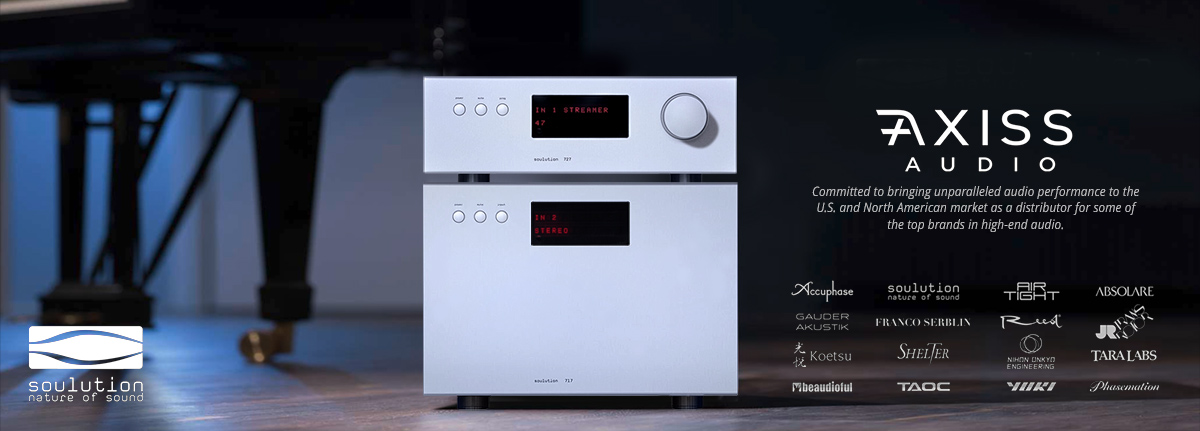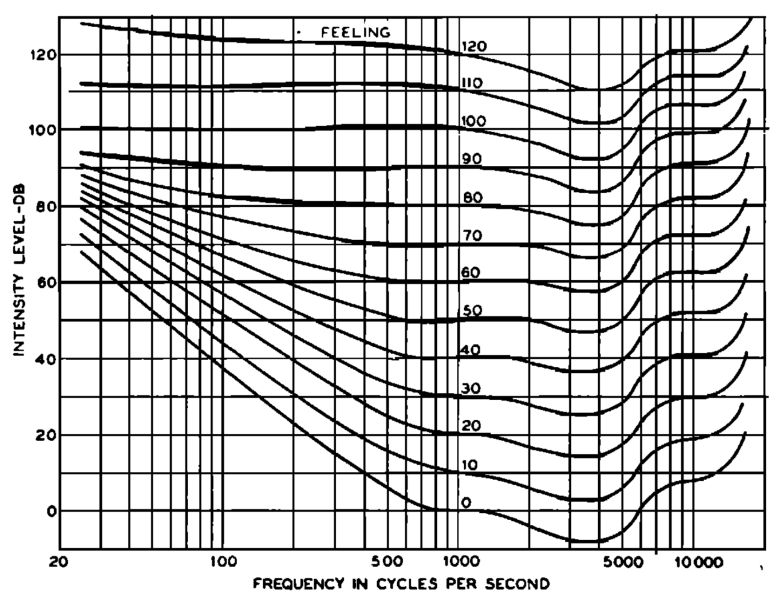100000% , natural , I use the word real .It's funny to hear you say that. Alan Shaw, who designed the highly praised Harbeth line of speakers, said you get the voice right, and everything else falls into place. Legend has it that his breakthrough in cone design came about as he was trying to accurately reproduce his daughter's voice.
I think most loudspeaker designers feel that the midrange is where the music lives. Of course, bass is profoundly important. But, to me, bass quality is far more important than slam or physical presence. I tend to get a little sick if I hear too much bass. I don't like it personally.
I think different loudspeakers tend to have distinct radiation patterns. You react differently to them. Some folks love the sound staging you get from mini monitors. There's a reason the original Kef LS 3/5A's sell for 5-7 grand on eBay. This is a shoebox sized loudspeaker. Some folks swear by horns, which never had much bass to begin with, but they have crazy dynamics and you can drive them with 1 watt.
I used to own B&W 800 Diamonds, and drove them with a big Krell 700cx monster. Those do produce crazy slam and dynamics, but ultimately I felt the sacrifice to the midrange and coherence was too much. The tweeters on those stick out like a sore thumb.
Large-scale dynamic speakers can be fun to own and listen to, but unfortunately, as I said, there's no free lunch. You have the crossover coloration, the fact that different drivers are producing the sound that needs to be tailored into a whole, and the ear quickly latches on to the cabinet coloration, the crossover coloration and the energy storage in the cabinet. Once you hear that, you cannot unhear it. It's like an aftertaste that is on every recording.
So, I'm happy to trade all that away for the sheer coherence of the large SL, with one panel that produces all the frequency spectrum from deep bass to high treble. Here's a writeup of the SL G9-7c from CAF 2024. The reviewer uses the word "natural". That sums it all. There's no need to divvy up the sound into pieces. It simply sounds like no other loudspeaker does to me. There's a veil that is lifted. As to deep bass, well, as I said, I'm happy to trade that away for so much in return. I can always plug in my big REL G1 Mk2 subs, if I feel the need to rattle my walls.

Nothing else comes close to.


















